Over the past quarter century, Lagos has experienced a profound, though uneven, transformation in the way its people move. The journey from a city almost completely dependent on informal transport in the early 2000s to one that now boasts bus rapid transit, intercity rail, and an urban metro has been both inspiring and sobering. Lagos today is a global case study, showing what happens when a megacity races against its own explosive growth to provide mobility that is efficient, inclusive, and sustainable.
From Informality to Structured Transport
In the early 2000s, Lagos travel was dominated by danfo minibuses, okadas, and shared taxis. These informal systems served millions but were characterized by poor safety, unpredictability, and high social costs. Congestion was already crippling the economy. Recognizing the unsustainability of this model, the state government established the Lagos Metropolitan Area Transport Authority (LAMATA) in 2002. Its mission was to design and regulate a long term transport strategy that could transform mobility.
The launch of the Bus Rapid Transit system in 2008 marked a turning point. It was not just a new mode of transport, it was a demonstration that Lagos could deliver structured, high capacity solutions. For residents along the first BRT corridor, travel times fell significantly and journeys became more predictable. More importantly, the success of the BRT proved that disciplined, planned transport interventions could change the daily lives of millions.
Building Infrastructure at the Pace of Growth
The 2010s were defined by ambitious plans and slow delivery. Lagos designed a Strategic Transport Master Plan that envisaged a multimodal system of rail, road, and water transport. However, construction delays and funding challenges limited implementation. While junction upgrades and road widening brought some relief, the rapid population growth and rising vehicle ownership overwhelmed these gains.
Some of the seeds planted during that decade bore fruit later. The federal government’s Lagos–Ibadan standard gauge railway, completed in phases between 2020 and 2021, showed renewed commitment to rail. By September 2023, Lagos opened its first urban metro line, the Blue Line from Marina to Mile 2. This was a symbolic milestone that reassured residents and international observers that the city could in fact deliver complex transport infrastructure.
Breakthroughs and Continuing Frustrations
The early 2020s brought both achievements and setbacks. The Blue and Red Lines offered new capacity and promised to carry hundreds of thousands of commuters daily. Yet Lagos continued to rank among the world’s most congested cities, with average commute times often surpassing an hour each way. This revealed the paradox at the heart of Lagos mobility: while major corridors improved, overall congestion remained severe due to population pressure and inadequate coverage.
Policy measures also reshaped the transport landscape. Targeted bans on Okadas were introduced to reduce accidents and traffic disorder on major roads. At the same time, ride hailing services such as Uber and Bolt gained popularity, offering convenience but also contributing to congestion. Water transport began to receive renewed attention, leveraging Lagos’s coastal and lagoon geography.
Lessons and the Road Ahead
What do these twenty five years reveal about mobility? First, infrastructure matters, but it must be built faster than the rate of urban growth. Second, integration is crucial. Without feeder buses and reliable first and last mile connections, the benefits of high capacity lines are diminished. Third, equity must remain at the center. Informal transport provides livelihoods for thousands, and any reform that ignores these social realities risks backlash. Finally, technology is indispensable. Integrated fares, digital ticketing, and real time passenger information are essential for a modern system.
Looking forward, Lagos has both great opportunities and urgent challenges. The expansion of rail and BRT can provide the backbone of efficient mass transit. However, this must be complemented by demand management policies such as parking regulation, congestion pricing, and road space prioritization. Expanding feeder bus programs and building multimodal hubs will be critical to linking different modes. Water transport also holds untapped potential and should be mainstreamed into the citywide network.
After twenty five years of experimentation and progress, Lagos stands at a decisive moment. It has shown that mass transit investment is possible and impactful, but also that piecemeal approaches and long delays limit citywide benefits. The next phase must move beyond building lines in isolation to creating a cohesive and equitable system. If Lagos can achieve that, it may yet become a global model for sustainable mobility in rapidly growing megacities.

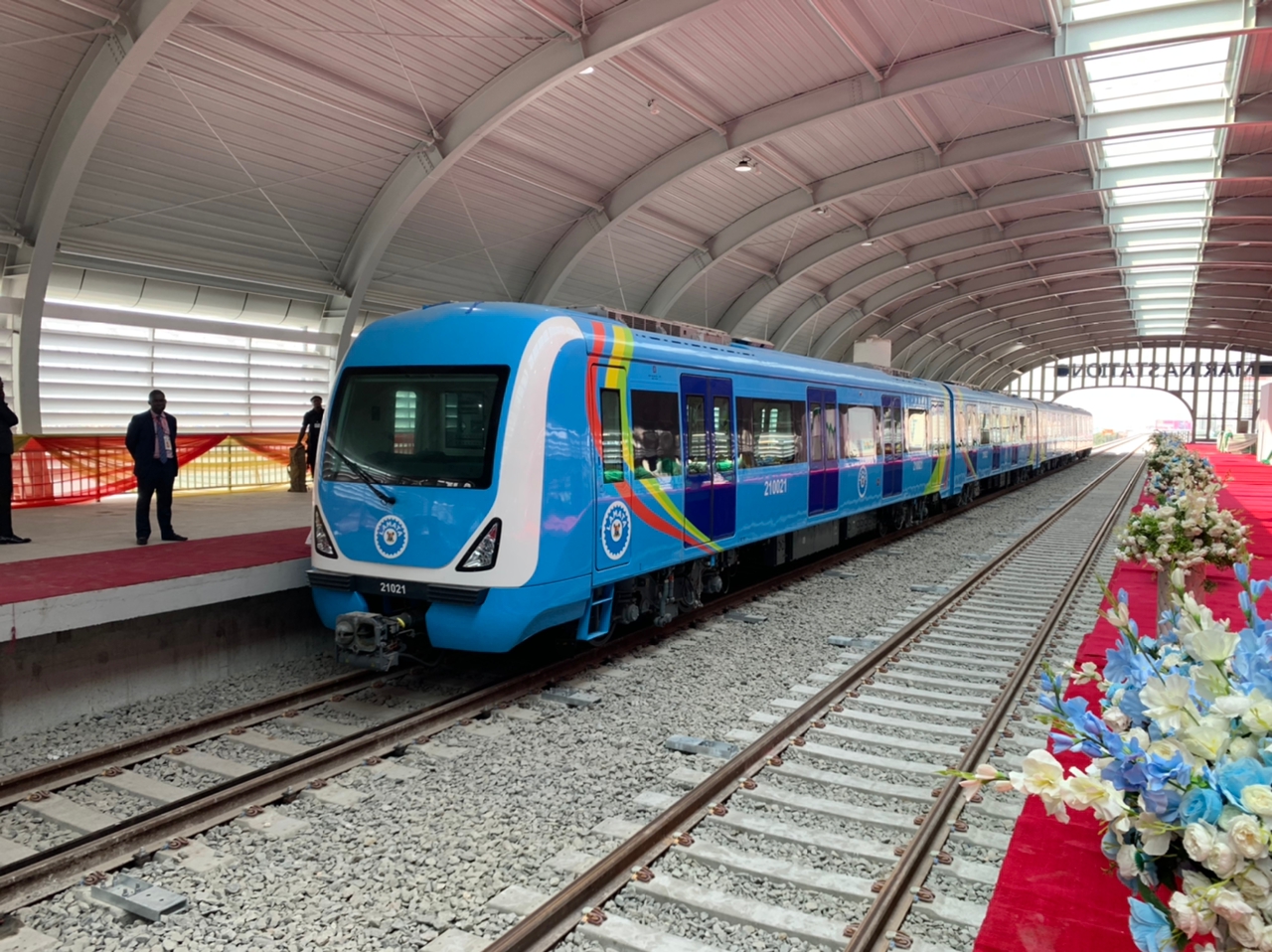



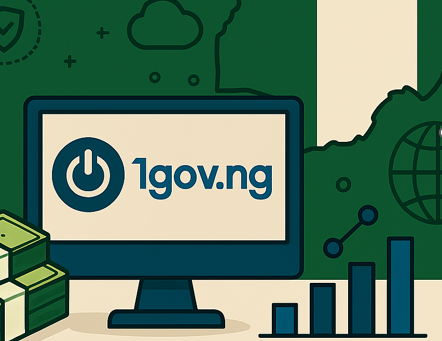
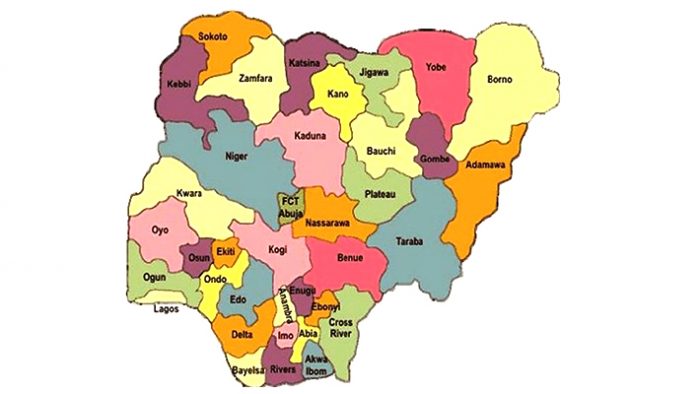
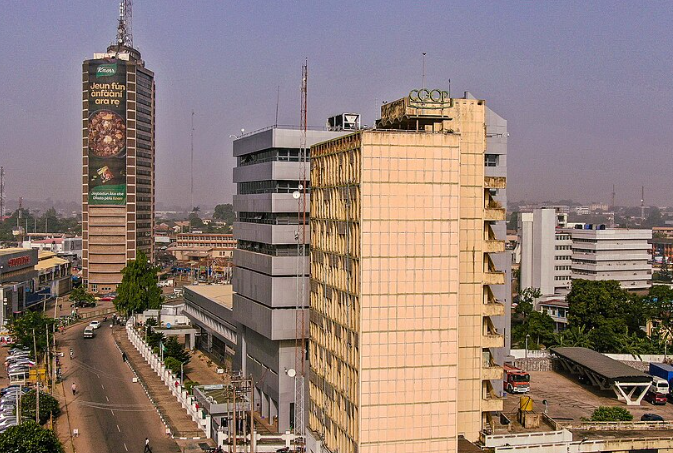
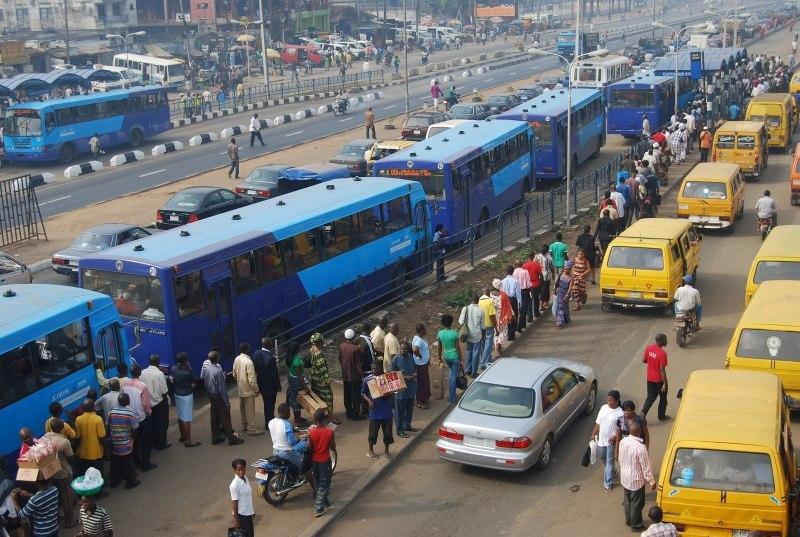

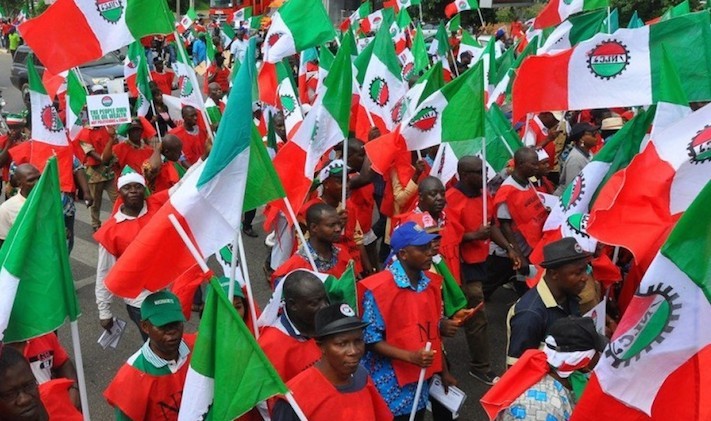

Leave a Reply